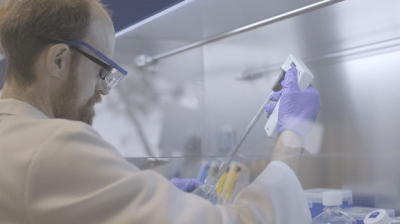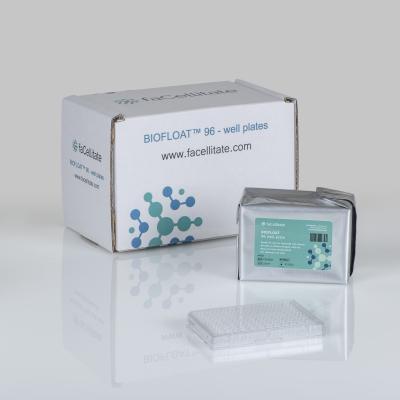 Cell culture labs across the world use a tremendous number of materials, from pipettes and media to plates, the latter arguably the most important. Plates are the backbone of in vitro assays and help play a part in study designs for screening or imaging.
Cell culture labs across the world use a tremendous number of materials, from pipettes and media to plates, the latter arguably the most important. Plates are the backbone of in vitro assays and help play a part in study designs for screening or imaging.
In 3D cell culture, plate models are particularly important as the wells of plates need to be designed to allow cells to form into the spheroids, organoids and other 3D structures that are essential to drug discovery work.
There are a few key different plate designs that researchers can use when approaching a study:
“3D cell culture models may be generally classified into two principal categories based on method: 1) scaffold-based methods using hydrogels or structural scaffolds and 2) scaffold-free approaches using freely floating cell aggregates, typically referred to as spheroids. The choice of method depends principally on the nature of the cells themselves, but also on the goals and purpose of the 3D culture.” (Sigma)
Most major life science equipment manufacturers create and distribute their own 3D Cell culture plates. If not for individual sale, for the supplemental sale for their products (hoping to capture lasting revenue streams).
Ultra Low Attachment Plates
ULA plates, which stands for Ultra Low Attachment, is the leading design for 3D cell culture plates. ULA plates do not allow cells to adhere to the well itself, which subsequently forces the cells to form together into a 3D structure using gravity. These plates have proven to be easy to use and reproducible.
MatTek and BIOFLOATTM Plates

Our sister company MatTek has recently started to sell BIOFLOATTM plates to customers as a new product. The BIOFLOAT™ 96-well plate has unique anti-adhesive properties which making it a highly performing 3D cell culture plate:
“The polymeric coating enables a fast generation of 3D spheroids, which shortens your experimental timeline and prevents the formation of satellites and irregular aggregates. Choose between the ready-to-use 96-well plate and 384 well plates or DIY BIOFLOAT™ FLEX coating solution to modify a broad range of plastic and glass surfaces.” (Source)
The BIOFLOATTM plate focuses on time and quality – as the spheroid formation process is quick and consistent, allowing researchers to rapidly (and correctly) scale 3D cell culture studies. The plates are offered in 96-well and 384-well format, and samples are being offered currently.
The plates are currently listed on the MatTek website, and we encourage our customers to check out the BIOFLOATTM plate!
